


Banking in the Philippines has changed through the years. Not too long ago, handling your finances meant physically going to a branch, filling out slips, and waiting in line. Today, thanks to the internet and smartphones, you can do almost everything with just a few taps. This shift is called digital banking, and it’s quickly becoming the standard for how Filipinos handle their finances.
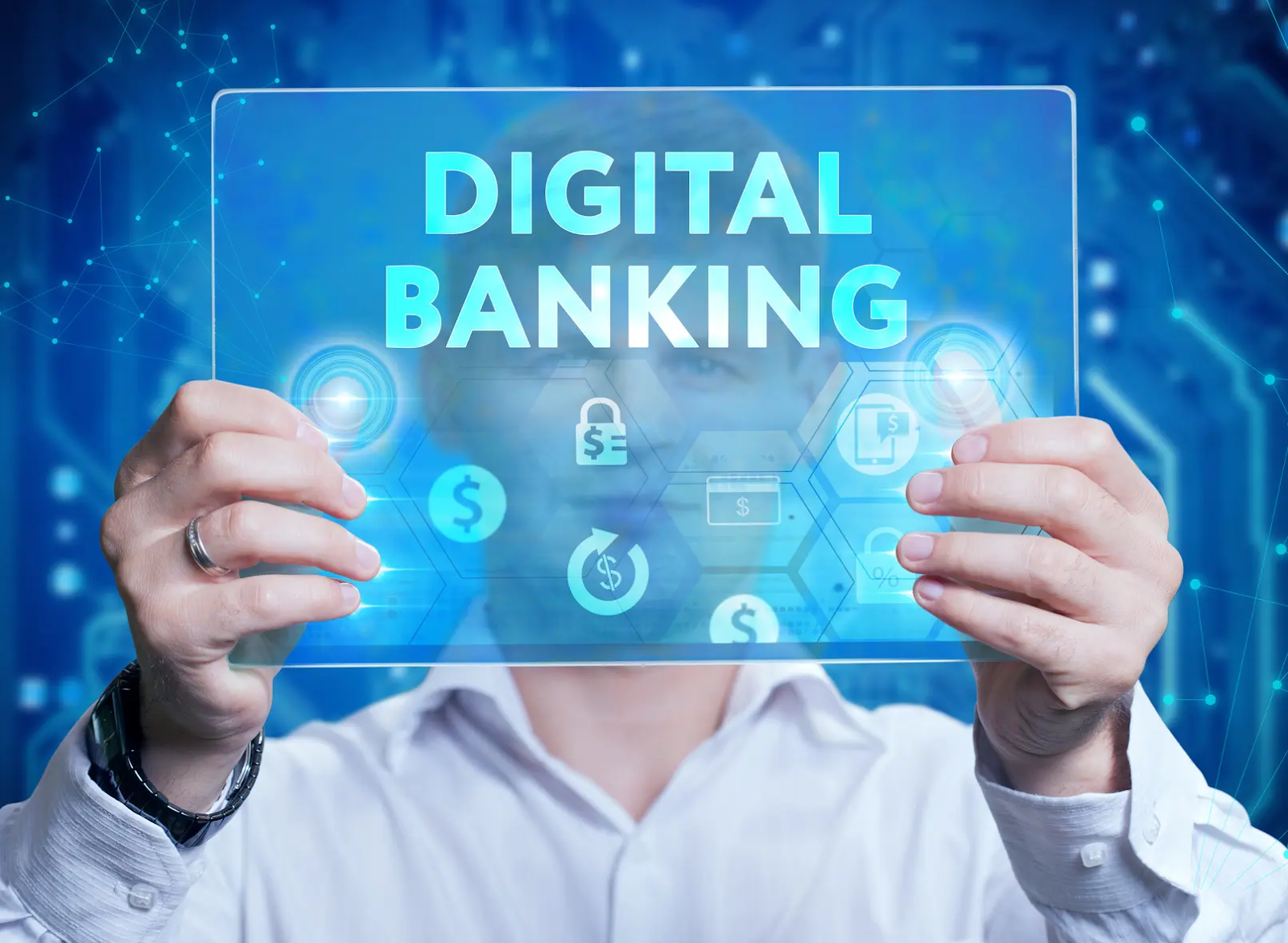
Digital banking refers to the use of the internet, mobile apps, and other digital platforms to access financial services. Instead of visiting a physical branch, you can now manage your money anytime and anywhere. In the Philippines, digital banking typically takes two forms: mobile banking (apps connected to your bank accounts) and digital wallets (standalone e-wallet apps that store and move money). Both have become essential tools for everyday financial transactions.
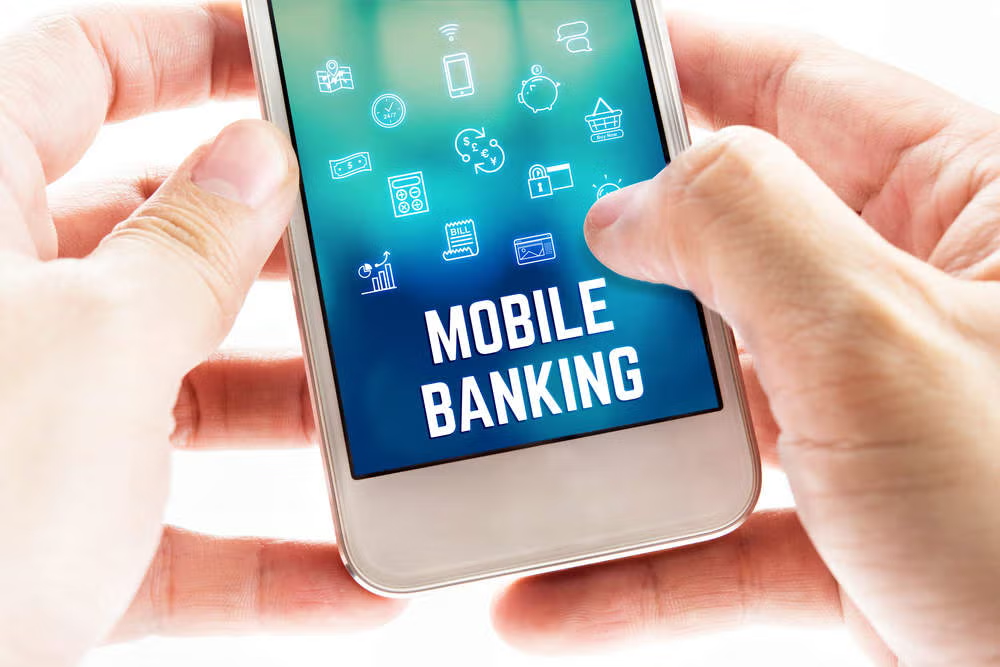
Mobile banking allows you to manage your bank account directly from your smartphone. It’s essentially having a branch inside your pocket, and it allows you to do many of the same transactions without having to wait in line. Popular mobile banking apps in the Philippines include BPI Mobile, BDO Mobile, UnionBank Online, Security Bank Digibanker, and Metrobank Mobile App.
Mobile banking offers similar features to traditional banking but with added convenience such as:

Activating mobile banking is fairly simple. First, make sure you have an existing bank account, as discussed in Module 1. Then, download your bank’s official mobile app from the App Store or Google Play. Once r installed, register using your account number or card details, then create a secure username and password. Most apps will also ask you to set up additional security features, such as a one-time password (OTP), biometric login, or security questions. After your identity is verified, you’re good to go and can start using the app for transactions like transfers, bill payments, and real-time balance check anytime.
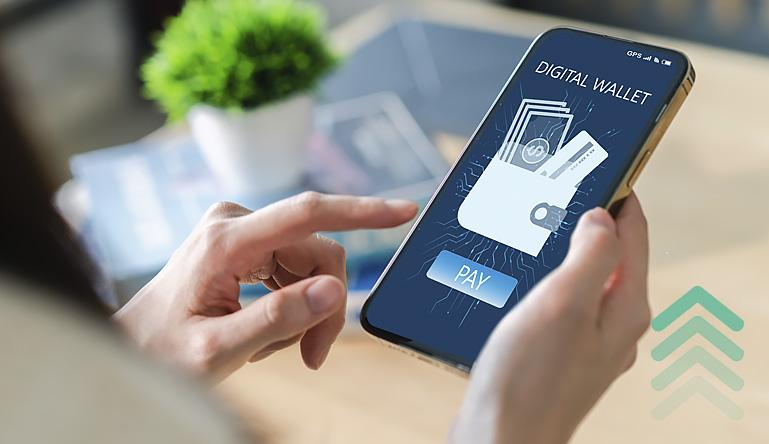
Digital wallets, or e-wallets, are apps that let you store, send, and spend money digitally, without needing a bank account. This accessibility makes them popular among students, small business owners, and anyone who prefers quick, cashless transactions. Well known digital wallets include GCash, Maya (formerly PayMaya), ShopeePay, and GrabPay.
Digital wallets offer similar features as mobile banking such as:
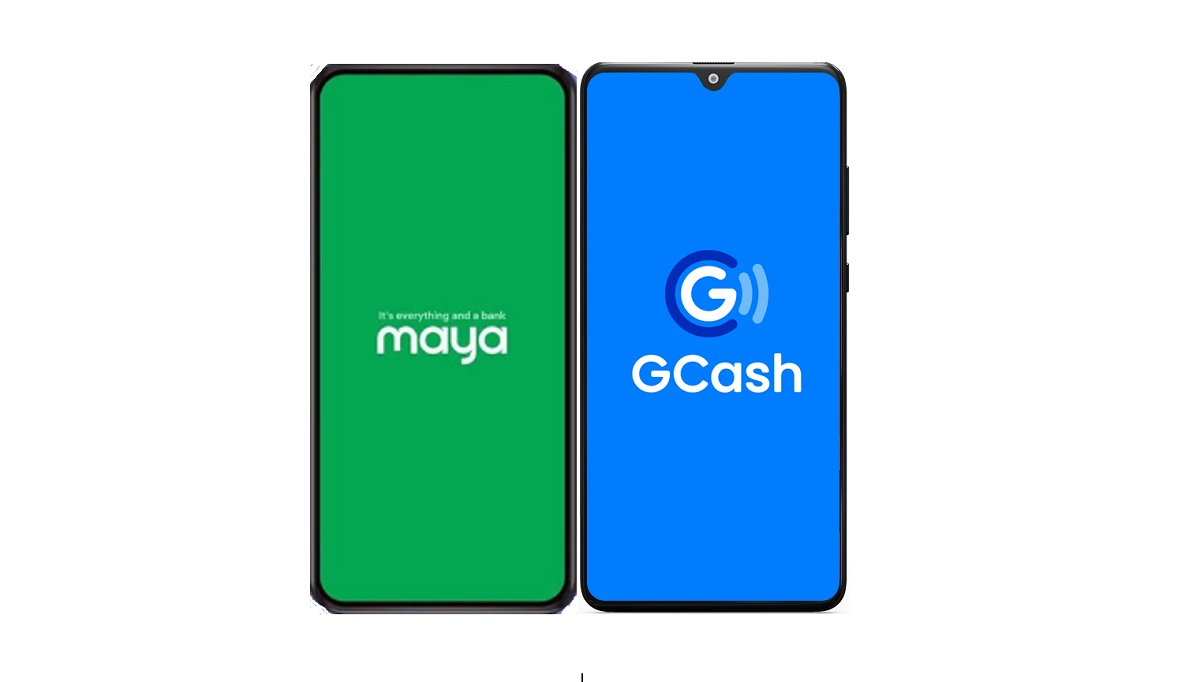
Many e-wallets can link directly to your bank accounts for easier money transfers. Some platforms even offer low or zero fees for transferring funds between wallets and banks. For example, you can “cash in” to your GCash wallet from your BPI account or withdraw funds from Maya to UnionBank. This seamless connectivity gives you the flexibility to move money anytime without going to a branch or ATM.
Setting up a digital wallet is fairly simple and takes much less time than opening a bank account. Here’s how:
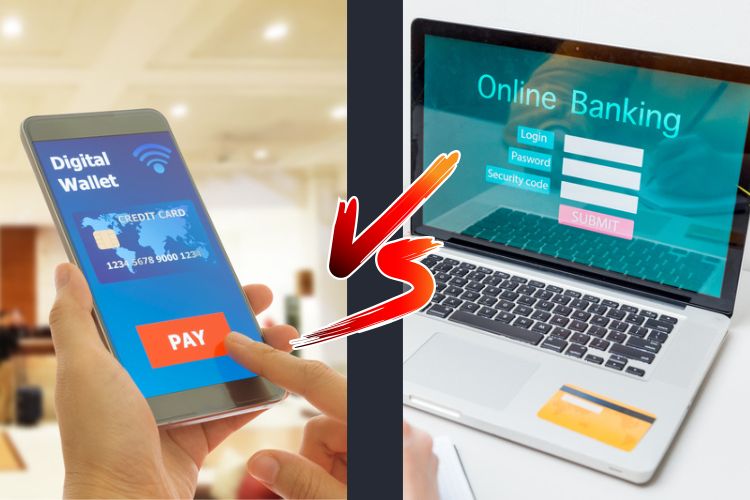
At first glance, mobile banking and digital wallets may seem similar since both allow you to manage money on your phone, but they actually serve different purposes.
Mobile banking is directly linked to your bank account, making it ideal for securely storing larger sums, long-term savings, and major financial transactions. With apps like BPI Mobile, BDO Mobile, or UnionBank Online, you can transfer significant amounts, pay bills to a wide range of merchants, and even apply for loans or credit cards directly through the app. These apps have a highly secure environment since they are regulated by the Bangko Sentral ng Pilipinas (BSP) and protected by PDIC insurance. If you want to keep your emergency savings safe, mobile banking is the more reliable choice.
Digital wallets, on the other hand, prioritize speed, convenience, and everyday use. Apps like GCash, Maya, ShopeePay, or GrabPay make it easy to pay bills instantly, buy mobile load, pay for MRT and bus rides using QR codes, or handle small transactions like food delivery and online shopping. They often come with promos such as cashback, discounts, and rewards that encourage frequent use, making them especially appealing for lifestyle spending. Unlike mobile banking, e-wallets generally have no minimum balance requirement and are simpler to set up, which is why they’re popular even among those who don’t have a bank account. However, they are typically not insured.
Many Filipinos use both side by side to maximize the benefits. For instance, salaries are usually deposited into a traditional bank account managed via mobile banking, while a portion is transferred to an e-wallet for everyday expenses like groceries, Lazada purchases, or paying for Jollibee delivery.
Lastly, let’s look into specific savings tools that banks offer to help us grow our wealth!
.png)
.png)
.png)